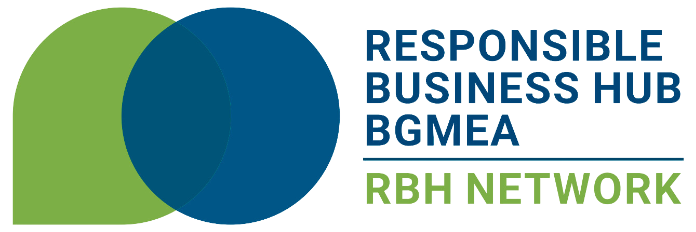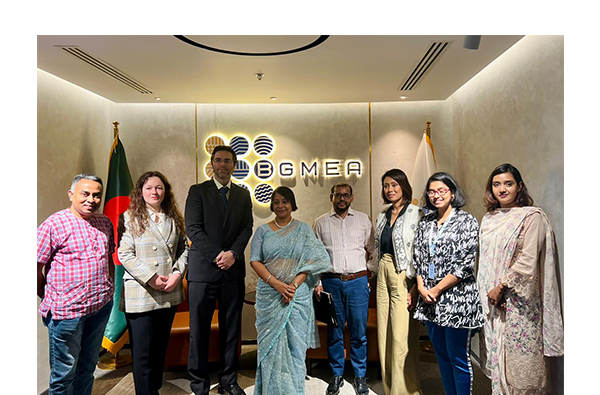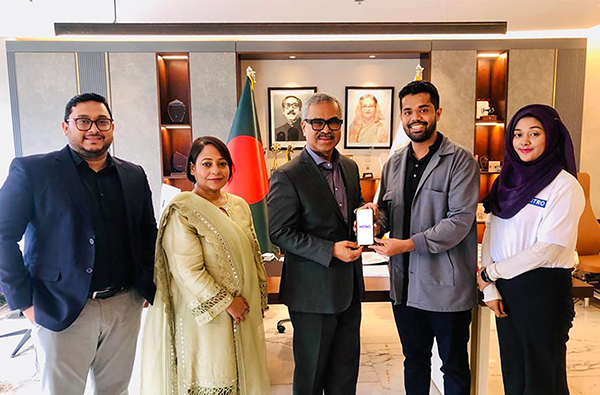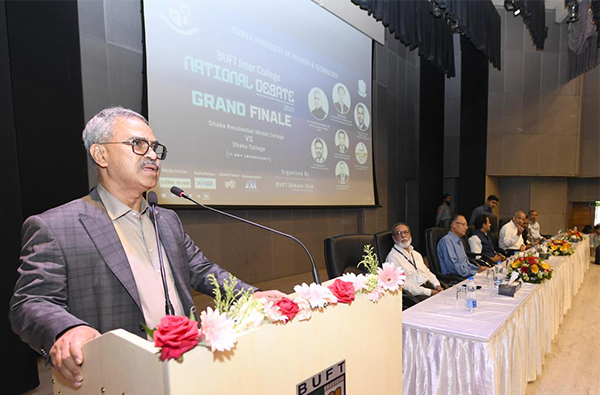The Ministry of Commerce of the Government of Bangladesh and the Bangladesh Garment Manufacturers and Exporters Association (BGMEA) have signed a memorandum of understanding (MoU) to create a pool of skilled fashion professionals and designers who will work on developing high-value fashionable garments using homegrown fabrics and materials.
The training initiative is a part of the High End Fashion Project (Linking Bangladesh’s Heritage Material to the International Export Market) under EIF Export Diversification & Competitiveness Development Project (TIER 2).
As per the understanding, Bangladeshi textile professionals including designers, pattern markers, merchandisers, weavers of indigenous textile materials and fashion and textile students will be provided with training in the development and designing of high-end fashionable garments blending local culture and heritage.
The training will be conducted under the Centre of Innovation, Efficiency and Occupational Safety and Health (CIEOSH) of BGMEA where a total of 160 professionals will receive intensive training on Bangladesh’s opportunity in global high end fashion space, collection development, sustainability issues, etc.
The training sessions will be conducted by renowned fashion designer Anadil Johnson, founder of Chicago based fashion brand Neval.
Neela Hosna Ara, Director, BGMEA, and Mohammad Ileas Mia, Deputy Secretary, and Project Director, Export Diversification and Diversification Project (Tier- 2), WTO wing, Ministry of Commerce, Bangladesh signed the MoU on behalf of the respective sides.
David Austin, Regional Portfolio Manager, United Nations Office for Project Services, and Raphaelle Nicole Danielle Quintard, Portfolio Management Officer, EIF Executive Secretariat WTO, were also present at MoU signing ceremony held at BGMEA Complex in Uttara, Dhaka on May 16.
The WTO Cell of the Commerce Ministry has been implementing the project with a view to transforming Bangladeshi heritage into high-end fashion products and create a market for them internationally.
The project also aims to explore the opportunity of exporting garments linking rich culture and heritage of Bangladesh with fashion.
It will also create an opportunity to present Bangladesh’s own culture and textile heritage internationally through fashionable garments made from traditional textiles and fabrics like Jamdani, Khadi, Silk and Monipuri.
The project will help to build the capacity of the local weavers to enable them to use their craftsmanship to design high-value apparels maintaining international quality. Thus it will open doors to create employment opportunities for Bangladeshi weavers, while saving the indigenous industry.
Besides, it will significantly help to diversify product within RMG, add higher values and pursue our vision to reach 100 billion dollars export by 2030.









